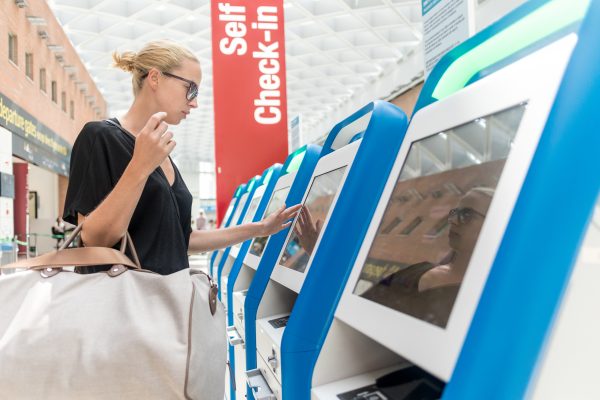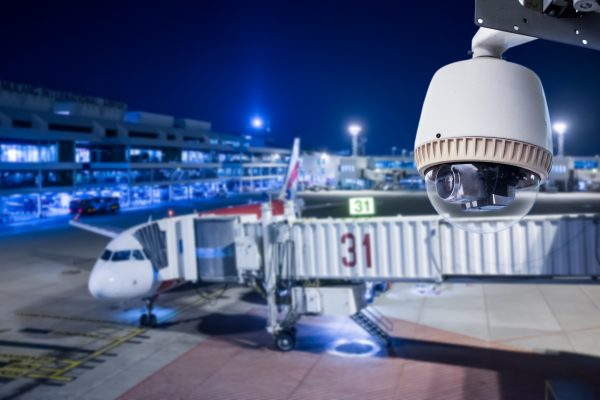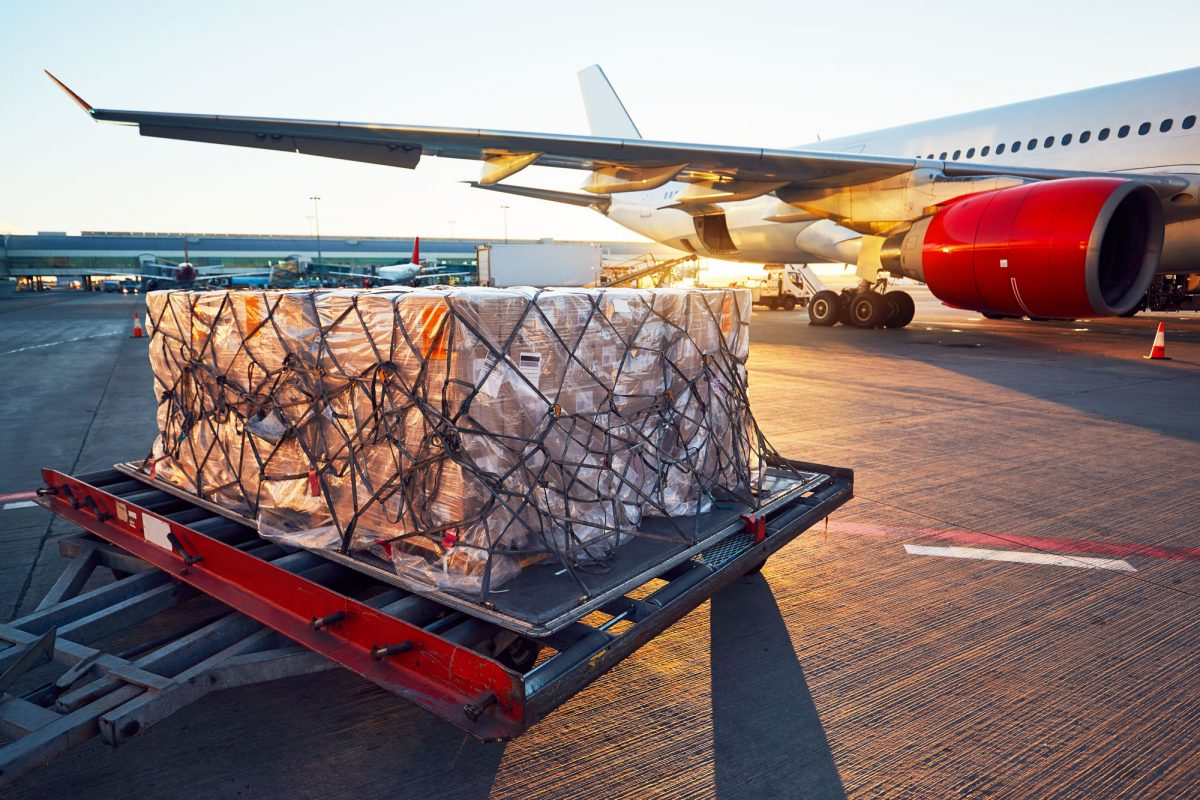As businesses grow, technological advancements are creating efficiency and safer delivery processes internationally. Here’s what’s been going on in 2020.

Self-check in Gates
Beyond airport expansion of physical infrastructure logistics management technology is speeding up the processing of passenger faster through autonomous check-in which was trialed in Dubai, Abu Dhabi and Osaka.
Visual Sensors
Visual sensors can now monitor lengths of queues and speed of processing at security checkpoints to manage and staff areas that are busier in real time, while providing customers with notifications through software applications and digital signage about increased wait times. The combination of information and staff response is meant to reassure passengers and improve the flow check-in.
Self-Boarding Gates
By 2022 expect approximately 1/3 of all airlines to use this type of gate. Facial recognition technology helps to identify and confirm identity of passengers who are boarding, which is reassuring to some and causes concerns among others regarding privacy and digital records. The efficiency is tempting for frequent travelers as it can screen up to 10 passengers per minute.
Translation Technology
AI real time translation technology from Google enables travelers to select their language of choice from counter top digital signage. The technology translates questions to staff members who respond back to the device in English. The device then translates the English back into the travelers’ chosen language.

Cameras to Reduce Gate Time
Cameras monitor processes following an aircraft being parked such as fueling, catering trucks, when cargo doors are opened and which employees are properly attired in uniform requirements such as reflective vests.
Hundreds of filmings can be analyzed by the AI system to determine where delays are caused. This information can then be adjusted by mangers with corrective actions for smoother, safer logistics. In the event of injuries of vehicle collisions, causes can be identified and responded to.
Other factors that can be identified and measured airplane processes of rerouting and rescheduling and when mechanical issues or bad weather occurs.
Reduction of Equipment Failure
Thermal technology is being used to detect the temperature of electrical systems or airplane engines- enabling prompt responses including removing vehicles from service for necessary maintenance ahead of time, rather than having to halt services at less efficient times.
Much of this data is analysed by people, but in time it could be technology that analyses as well as gathers the data.
With more than 7 billion air travelers expected globally by 2035 this technology will contribute to increased passengers volumes in a way that simply building more airports and hiring more staff cannot.

